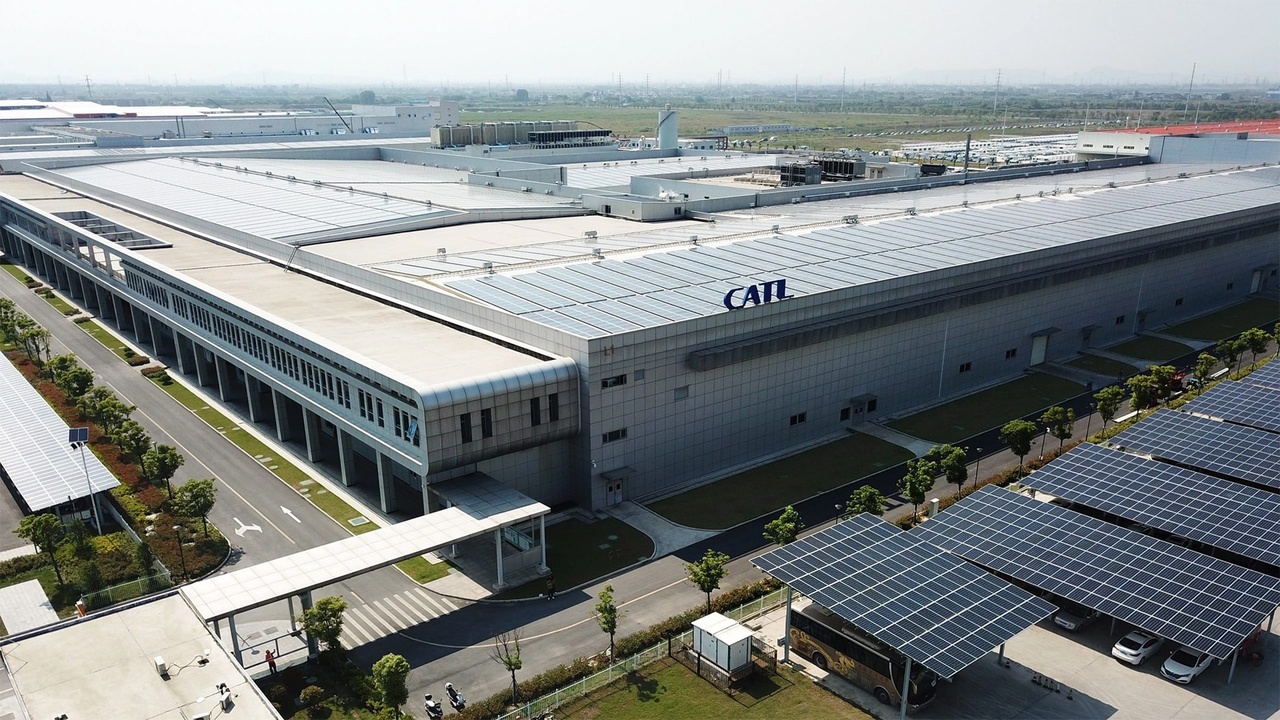
Contemporary Amperex Technology $3750 (+0,18%) is reportedly preparing to launch a new 8-series of high-nickel batteries on the market in 2026. The batteries are to be installed in range-extending vehicles from leading electric vehicle manufacturers.
The high-nickel 8-series battery is a type of ternary lithium battery. Its cathode materials contain around 80% nickel, with the remainder made up of cobalt and manganese, which gives the battery its name.
》This chemistry was once in the spotlight《
A few years ago, dozens of models from more than ten brands, including Aion $AION (-0,01%), Nio $9866 (-2,92%) and Xpeng $9868 (-2,47%)were powered by 8-series batteries. However, the technology was still at an early stage, verification was incomplete and thermal management solutions were underdeveloped. Reports of thermal runaway effects were commonplace.
For a while, the industry treated the "8-series" label with caution. However, CATL insisted on not abandoning the development, arguing that abandoning 8-Series batteries would mean abandoning the premium market.
》Batteries with a high nickel content offer higher energy density and lower weight, but thermal stability and costs remain obstacles《
The trend towards larger batteries in plug-in hybrid cars, including range-extending models, has created an opportunity for the return of this technology.
Some of the extended-range models launched this year already have batteries with a capacity of over 60 kilowatt hours. According to 36Kr, plug-in hybrid vehicles, including those with extended range, will have batteries with a capacity of almost 80 kWh by next year.
Preliminary research by 36Kr suggests that at least four models with a capacity of around 80 kWh are already in the pipeline. These include the upcoming D-Series from Leapmotor $9863 and Xiaomi's range-extending model planned for next year $1810 (-2,73%).
While not all of these vehicles will be equipped with CATL's 8-series batteries, the race for larger batteries and longer range in pure electric mode creates a clear opportunity for high-nickel chemicals.
Compared to lithium iron phosphate (LFP) batteries, 8-series batteries offer higher energy density per unit mass and better overall performance. This allows vehicles with smaller batteries to achieve greater range, reducing overall weight while maintaining performance.
According to an industry insider, initial assessments indicate that the performance increase over mid-nickel batteries in terms of energy density at the system level is not dramatic.
Nevertheless, it is worth testing this technology for platforms that have already reached the limits of their technical capabilities.
》Cars are being equipped with larger batteries《
In recent years, the quest for greater all-electric range has led car manufacturers to install larger batteries in plug-in hybrid and range extender models.
Some of the vehicles launched on the market this year already have batteries with a rated output of over 60 kWh.
For example, the range-extended LS6 version from IM Motors is equipped with CATL's "Super Xiaoyao Max" battery, which delivers 66 kWh and offers a CLTC-certified range of more than 450 kilometers, outperforming some all-electric models.
》CLTC stands for "China Light-Duty Vehicle Test Cycle" and refers to a standard introduced by the Chinese government to measure energy consumption, range and emissions《
Another example is the S800 "Xinghui Executive" edition from Maextro, which is equipped with a Qilin battery from CATL and achieves a CLTC range of 400 km.
Almost half of all range-extended vehicles currently on the market offer a purely electric range of more than 200 km.
This trend will become even stronger next year.
Leapmotor's D platform will support 80 kWh batteries for several vehicles, including the D19 SUV and an MPV. Both are expected to achieve an all-electric range of 500 km.
Xiaomi's upcoming range-extended vehicle will also use a battery with a capacity of almost 80 kWh, while Great Wall Motor has confirmed plans for a plug-in hybrid model with an 80 kWh battery and a pure electric range of more than 400 km.


